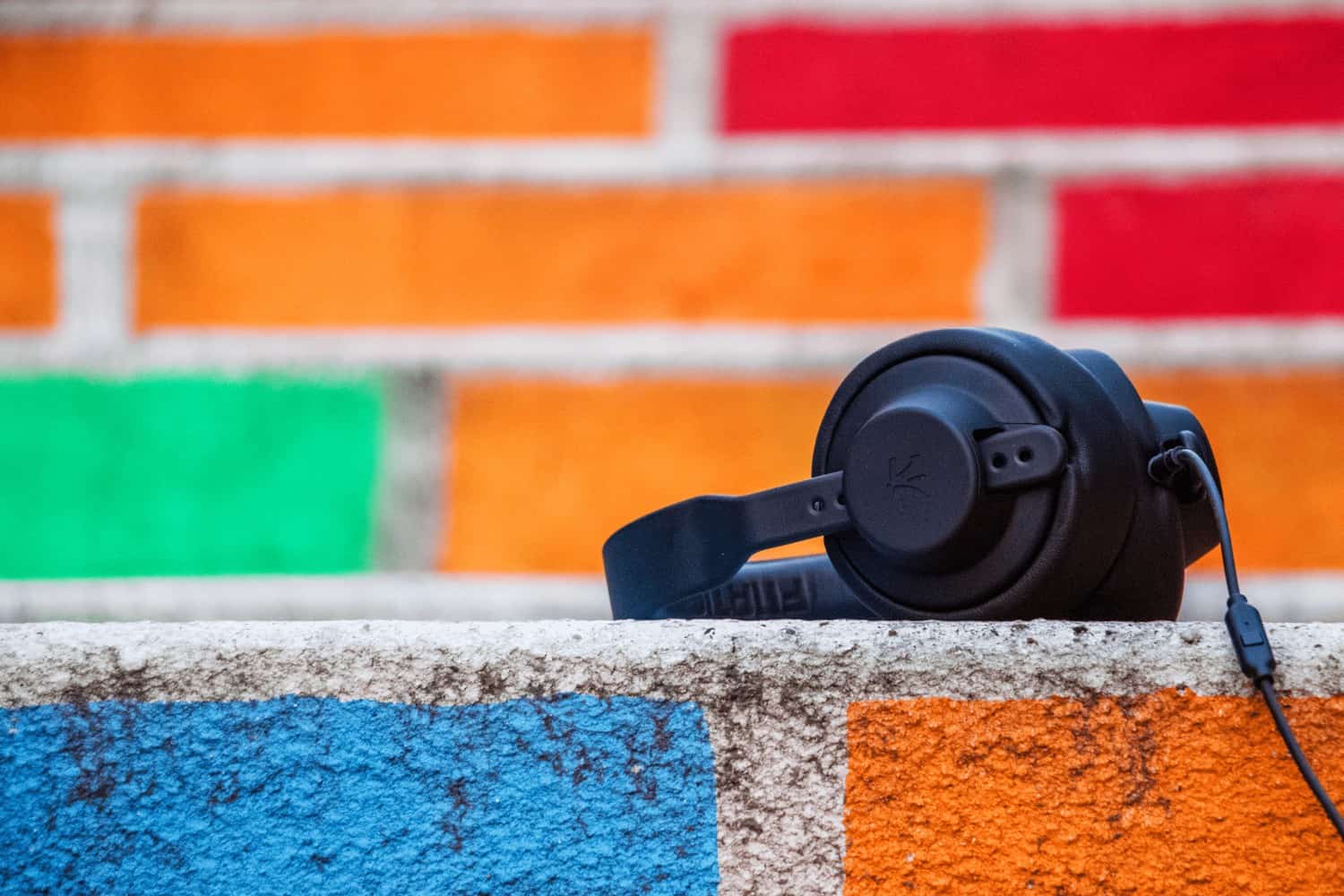To compare music streaming services in 2022 seems redundant. However, it’s something that’s necessary when deciding which is best for you. Whilst most have reached feature parity or are worth the money for what you get, some UX app design choices/content really sets the services apart with every update. What’s most important at heart is future-proofing. Which services are still going to be around in five years? And of those, which ones have a way to grow and be profitable? Which ones have the best app design, UX and content?
The Top Contenders
The lineup of streaming services is large. These are the most popular ones:
Spotify – With the most users (140 million to be exact!), Spotify has been creating and leading the path since 2006. Spotify offers a free version of its product as well as a Paid Premium Service (£9.99 per month, with a family subscription of £14.99p/m).
Apple Music – Apple Music is at second place with almost half as many users as Spotify (38million). Apple Music offers a 3-month free trial and a Paid Premium Service (£9.99 per month, with a family subscription of £14.99p/m).
Tidal – With backing from music industry Kingpin Jay-Z, and a good reputation with popular artists, Tidal has continued to be a relevant competitor. Tidal offers a 1-month free trail and then a Paid Premium Service (£9.99p/m, with a Hi-Fi service of £19.99p/m).
Google Music/YouTube Music – Google is a big name that’s known and accessed almost across the entire globe. As of recent, Google has partnered with YouTube for a YouTube exclusive music streaming service set to rival Spotify. This service is integrated straight into Android primarily. Depending on the reception of YouTube Music, we could be expecting a scrapping of Google Music altogether, which is unfortunate given the painstaking process of transferring songs/playlists… thanks Google. Both services offer a free 30 day trial along with a monthly payment plan of £9.99.
Pandora – Pandora is the grandaddy of music streaming. You may know someone that uses it, but that’s probably someone who doesn’t value a great app experience and design. Pandora offers a monthly plan of £9.99.
Amazon Music Unlimited – Amazon offers Prime and non-Prime memberships, plus Alexa devices, which is a positive if you own one of the smart speakers. The service offers a 30 day free trial as well as a £7.99p/m fee or a £79 annual payment.
Business Model
Each company has its own way of doing business. How the company makes money can give us an idea of the longevity of the service.
Spotify makes money through its paid subscribers and advertising revenue from free customers. It also pays out about 70% of its revenue to record labels. This means that for Spotify to grow, it needs to diversify its services beyond what the labels offer and breakthrough into the global market, giving itself a greater reach to more countries. Although Spotify is leading the way for mobile streaming services, if becoming complacent, rivals like Apple Music could set to close its gap between the number of users.
Apple Music, Google/YouTube Music and Amazon Music can all generate revenue without music. This means if the music stops generating money for them, they can still support it the services and their business through over products that they sell. With only music as their revenue, Spotify, Pandora and Tidal can’t survive if music value decreases. Apple has Macs, iPhones and devices, Google has advertising, Android phones and services, and Amazon has products and Alexa devices, meaning they should remain stable for the foreseeable future.
What can each offer that makes them different?
Music is music. No matter which service you choose, the music is actually the same. One exception is Tidal, which claims to provide users with High Definition audio at a price of £19.99 a month. To differentiate themselves, music streaming services have to come up with unique features that others don’t have.
Spotify allows users to follow each other, connect with Facebook, see what their friends are listening to live and collaborate/share playlists amongst friends. Even better than that, Spotify offers you personalised playlists that seems to hit the spot with its users. With extensive machine learning, Spotify can learn your listening habits and provide you with music that you’ve never come across before, but you may actually like. Not to mention the accessibility advantage Spotify has. You can play your favourite tracks across car systems, gaming consoles, Amazon’s Alexa, Smart TVs and many more. I mean, services that can offer better integration are surely superior, right?
Other Services
Pandora Premium, Apple Music, Tidal, Google/YouTube Music and Amazon Unlimited offer instant playlists. Furthermore, Apple Music offers a service of “Liking”/”Disliking” songs. Whilst this feature claims to help Apple remember and recommend new songs to you, the service still falls short on genuinely providing you the music you even like, with a lot of hits and misses. If you’re a true Apple fanboy (or girl), then what Apple does extremely well with its UX Design for its streaming service is its consistency of software design. With one glance you can tell that the streaming app is within the same vein as Apple’s iOS system. Not to forget that the integration of the app within the Apple Ecosystem is a plus. Apple Music can integrate effortlessly with Siri, so really, who needs an Amazon Alexa? Google can integrate its service into Android. Amazon can integrate into its apps and Alexa devices. That leaves the other services having to find ways to compete as guests.
The main issue with these younger streaming services is that their playlists still feels as though they’re curated by a computer, and not a human. With failure to updates on their playlists, old songs are left to rot in what’s meant to be popular playlists. This simply takes away from the idea of playlists feeling new and current, leaving users with no reason to return to the service as frequently as they should.
Which should you choose?
The choice of which service to use depends on what suits you best (and the pricing of each service). To answer that, you’ll need to look ahead five years and see the path the companies are on. Spotify and Apple Music appear to have the best chances for future growth and revenue. They’re apps are constantly tested by UX, AI and technical experts so that they can provide users with unique and personalised content/services. They are both most definitely future-proofed. Amazon and Google are also pretty safe bets. Amazon will especially continue to support music as long as they continue to sell Alexa devices. Tidal and Pandora are wildcards, and future growth is definitely uncertain. Even though they provide excellent music services, it’s hard to see if either has the staying power to last for the next five years.
If you have an app idea, feel free to Talk To Us today. Your app idea could be featured in a Blog Post like this!
Share this
Subscribe To Our Blog
You May Also Like
These Related Stories

State of the Art Technology can be Revolutionary, but why?

What’s New in App Development? The Top Development Trends





